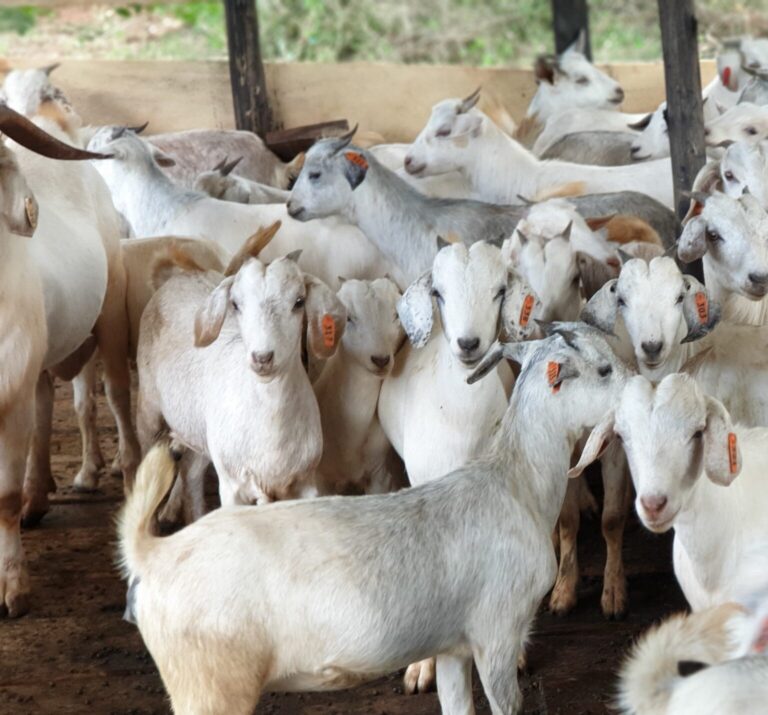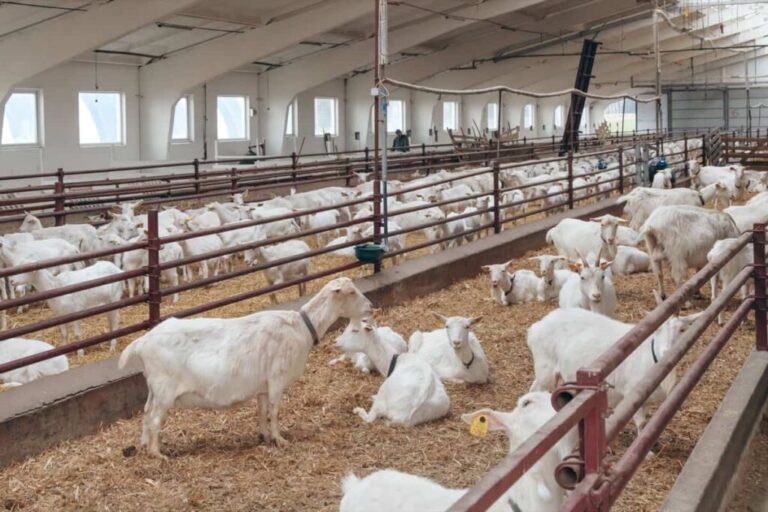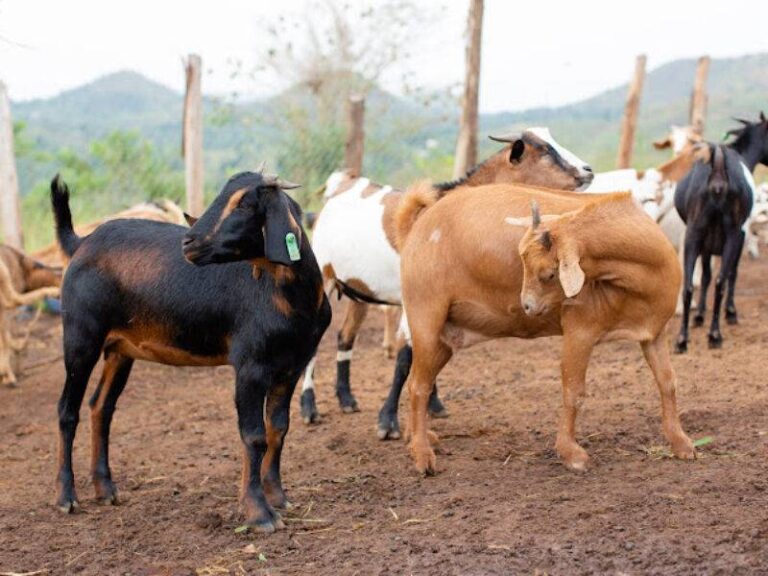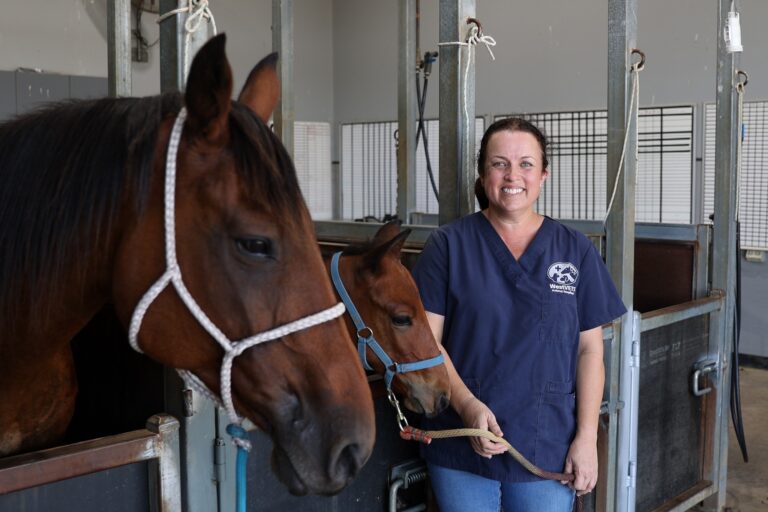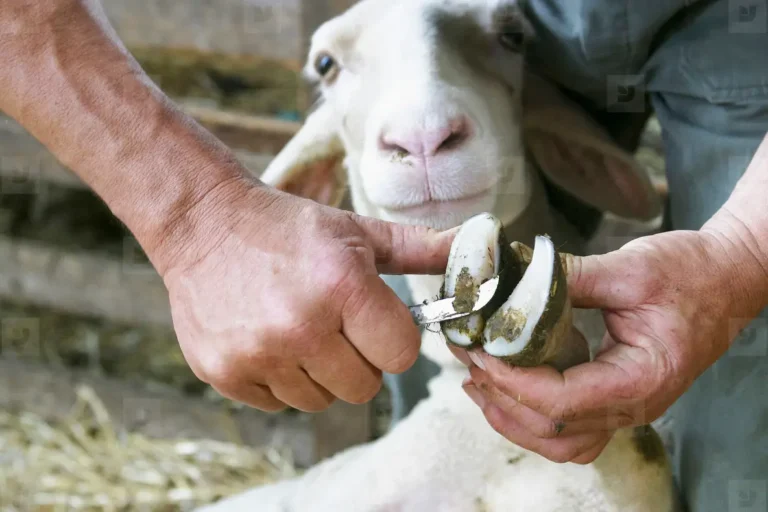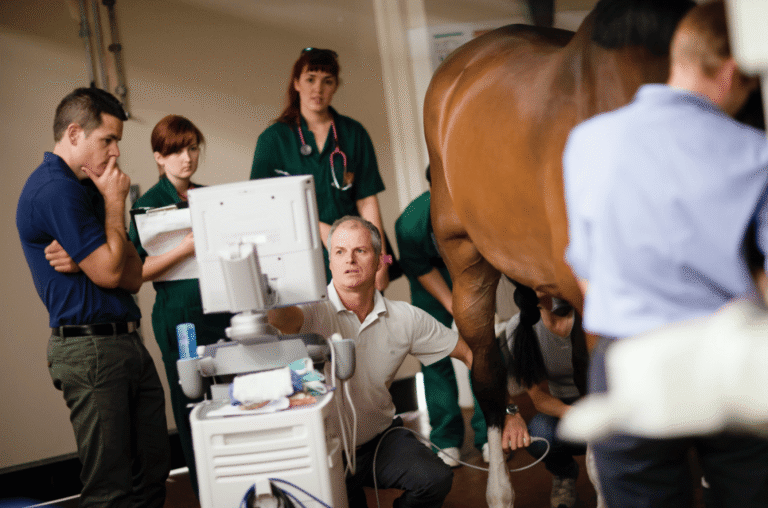The first few hours and days of a kid’s life are the most fragile but also the most important.
How you care for the newborn goat kids can determine their growth, immunity, survival, and long-term productivity.
From the first breath to the first solid feed, this guide walks you through the essentials of feeding, housing, and health care for newborn goat kids in a practical, step-by-step format tailored for both new and experienced farmers.
The First Hour
Immediately after birth, the kid’s priorities are breathing, warmth, and colostrum intake. If the birth is unassisted, allow the doe to lick and clean the kid; this stimulates breathing and bonding.
If the kid is weak, unresponsive, or coated with mucus, dry it off manually and clear the nostrils and mouth.
Within the first 30 to 60 minutes, ensure the kid begins nursing. If it fails to suckle, help it latch or offer colostrum using a clean bottle or syringe.
Colostrum
Colostrum is the thick, nutrient-rich first milk produced by the doe. It is loaded with antibodies, vitamins, and energy and must be consumed within the first 2 hours of life to be fully effective.
Each kid should consume at least 10% of its body weight in colostrum during the first 24 hours. For an average 3 kg kid, that’s about 300 ml split into multiple feedings.
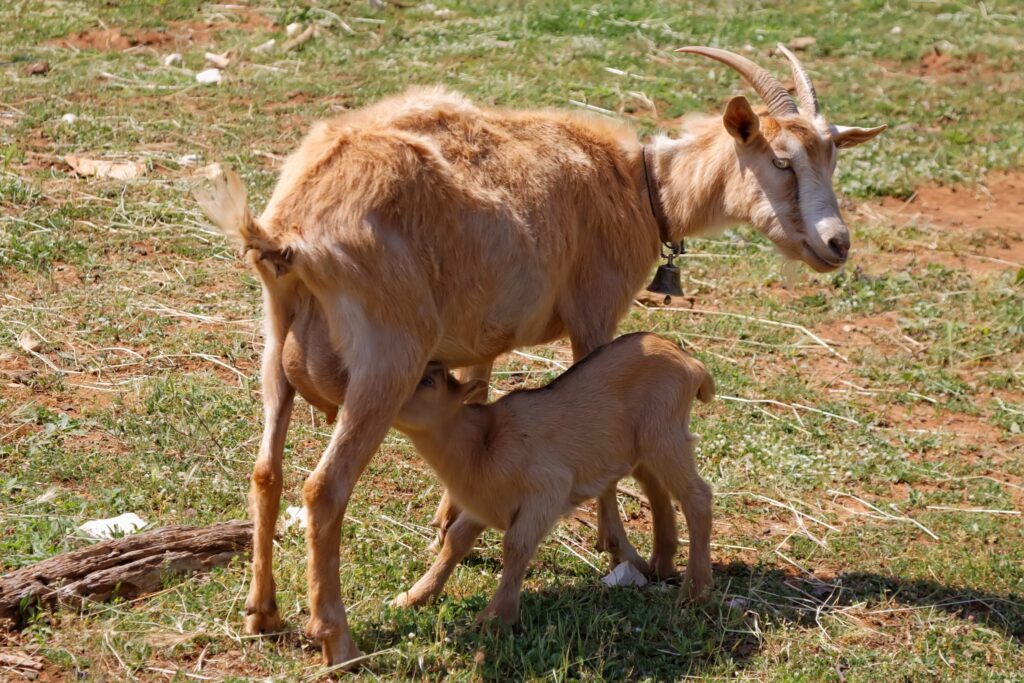
If the mother dies or doesn’t produce colostrum, you can use:
- Colostrum from another healthy doe
- Frozen, previously collected goat colostrum
- High-quality powdered colostrum substitutes (as a last resort)
Never skip this step. Colostrum intake is life or death in the first few days.
Feeding Schedule
Once colostrum feeding is completed (by Day 2), transition to a consistent milk or milk replacer feeding schedule:
- Birth to Week 1: Feed 4–5 times daily in small amounts
- Week 2 to Week 4: Reduce to 3–4 feedings per day; start introducing fresh hay
- Week 5 to Weaning (around 8–10 weeks): Reduce to 2 feedings daily; increase hay and introduce grain concentrate gradually
You can bottle-feed kids using fresh goat milk, pasteurized milk from cows, or specially formulated goat kid milk replacers. Always warm milk to body temperature and sanitize feeding tools.
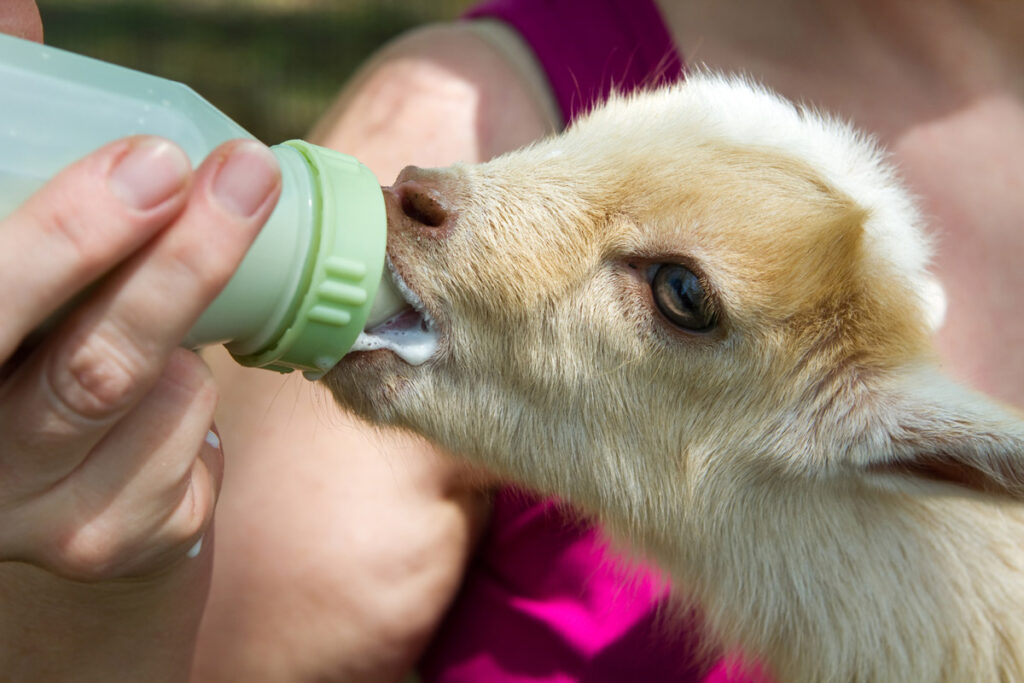
Monitor each kid’s appetite, stool consistency, and weight gain to ensure proper development.
Housing
Newborn kids are highly sensitive to cold, damp conditions. Hypothermia is a leading cause of early mortality.
Your kid housing should:
- Be well-bedded with clean, dry straw or wood shavings
- Be draft-free but ventilated to prevent respiratory issues
- Offer individual or small-group pens to prevent crowding
- Be cleaned and re-bedded daily to reduce bacteria and moisture
If temperatures drop below 50°F (10°C), use heat lamps with safety shields or kid jackets. Always place heat lamps securely to prevent fire hazards.
Keep kids separated from adult goats to reduce disease exposure and ensure they get adequate feeding attention.
Health Care
Newborn goat kids require proactive health management to prevent deadly infections and boost survival rates.
1. Navel Care: Dip the umbilical cord in 5–7% iodine solution immediately after birth and repeat 12 hours later. This prevents umbilical infections (navel ill).
2. Vitamin & Mineral Support: Administer vitamin A, D, and E injections, or oral supplements, especially in areas with deficiencies. Selenium + Vitamin E injections are often used in selenium-deficient regions to prevent white muscle disease.
3. Deworming: Most kids do not require deworming in the first few weeks. Begin fecal monitoring at 4–6 weeks and deworm only as necessary to prevent resistance.
4. Vaccination (Typically at 4–6 Weeks):
- CDT vaccine (Clostridium perfringens types C & D and Tetanus)
- Booster given 3–4 weeks after first dose
- Consult local vet for additional vaccines (e.g., pneumonia, PPR, or pasteurella)
5. Disbudding (Optional): If raising goats in areas where horns are discouraged, disbud kids between 3–10 days old using a hot iron by a trained handler.
Socialization and Early Behavior
Healthy kids are curious, vocal, and mobile within hours. Encourage bonding with the dam if she’s present and shows maternal behavior.
Orphaned or bottle-fed kids should be given gentle, regular human interaction to promote trust and reduce stress.
Avoid overcrowding and rough play from older goats. Give kids space to explore and access to low-height creep feeders, where they can begin eating solid feed in peace.
Warning Signs
Call a vet or act quickly if you notice:
- Failure to stand or suckle within 2 hours
- Weakness, limp body, or low temperature (below 100°F / 37.7°C)
- Diarrhea, especially watery or bloody
- Swollen joints or umbilical infections
- Labored breathing, coughing, or nasal discharge
Immediate care saves lives in young goats.
Wrapping Up
Raising strong, healthy goat kids starts with colostrum, warmth, clean housing, and careful monitoring. Each small step adds up to better survival, faster growth, and higher farm returns.
Caring for newborns takes effort, but the rewards come quickly: energetic kids, satisfied does, and the promise of a productive herd.
Related:

